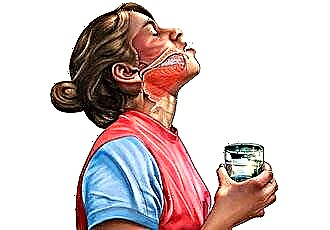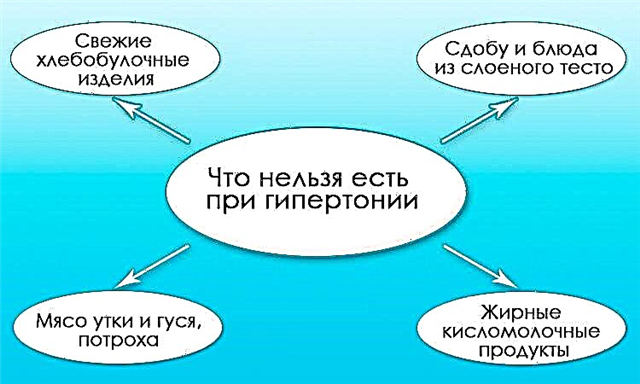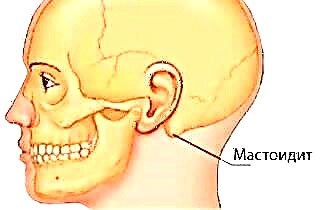One of the most common complaints in medical practice is chest pain. The occurrence of unpleasant sensations in the heart area can be caused by various diseases, both from the myocardium itself and from the lungs, muscles and nerves of the chest. Relief of seizures is carried out by means of standard and traditional medicine. One of the safest, modern methods with a long history is acupressure with acupressure for pain in the heart. The effectiveness of the procedure depends on the level of the specialist, as well as the primary cause of the violations.
How can massage of a specific area of the body affect the work of the heart?
 The science of reflexology deals with the mechanism of the remote influence of the point application of force. It is believed that the occurrence of the effect is associated with the anatomical features of the human body:
The science of reflexology deals with the mechanism of the remote influence of the point application of force. It is believed that the occurrence of the effect is associated with the anatomical features of the human body:
- The presence of Zakharyin-Ged zones, which are characterized by the intersection of sensitive nerve fibers of the skin of a certain area with the innervating structures of internal organs. For example, the right shoulder is a typical area of irradiation in case of gallbladder damage.
- Energy meridians, which determine the flow of internal energy (with the flow of blood and lymph) throughout the body and connect individual areas of the limbs with the organs of the chest and abdominal cavity.
Mechanical massage is a procedure of local irritation of the surface receptors of the skin and subcutaneous tissue. The emergence of an intense impulse is accompanied by a "distraction" of the patient's nervous system from problems in other organs.
Since heart problems are often associated with exercise, high blood pressure and chronic exposure to stress, massage has a combined effect:
- enhances blood flow to the area of massaging, reducing the preload on the heart and blood pressure indicators, pulse rate;
- relaxes a person;
- has a distracting effect for pain of moderate intensity (most effective for cardialgia of vegetative-vascular or neurocirculatory origin).
In addition, the passage of a full course of massage is accompanied by an improvement in the general condition of the patient, an increase in the tone of all systems and organs.
What techniques are used and how effective are they?
 The use of unconventional methods for relieving a pain attack in the region of the heart is determined by the main reason:
The use of unconventional methods for relieving a pain attack in the region of the heart is determined by the main reason:
- inflammation or pinching of the intercostal nerve requires general massage of the spine area and consultation with a vertebrologist;
- pathologies of the lungs and pleura, which imitate an attack of angina pectoris, are stopped by massage in the shoulder area;
- cardiac pathology requires a differential approach to the choice of technique.
When working with cardiological patients, masseurs prefer a manual procedure over a hardware one, since it is possible to finely adjust the intensity and take into account the individual characteristics of the patient.
For pain in the heart, both general and acupressure massage are used in places where the body's meridians pass through the surface.
Point massaging
Mechanical stimulation of nerve receptors located at biologically active points is called acupressure. The method has been used for over 2000 years in the complex treatment of various diseases.
The acupressure technique includes:
- cleansing the skin before the procedure;
- pressing on a point for 10-15 seconds, rubbing or massaging is often used (lasting up to 5 minutes);
- repetition until the pain stops or subsides.
The names of biological points for pain in the heart, their location and additional effects of stimulation are presented in the table.
| Dot | Localization | Recommendations for use |
|---|---|---|
| GV 11 (Chen Dao) | Under the spinous process of the fifth thoracic vertebra |
|
| P6 (Nei Guang) | On the front of the forearm (three fingers above the wrist joint) |
|
| P9 (Zhong Chong) | On the pad of the middle finger of the left hand |
|
| H9 (Shao Chong) | On the back of the left little finger, at the edge of the nail |
|
The acupressure procedure for active points is performed only by certified specialists. The mechanism of action of acupressure has not been proven, however, there are clinical data on the effectiveness of the method with improvements in symptoms (88%) and electrocardiographic results (66%) of patients.
Finger massage
 It is believed that many receptors associated with the innervation of internal structures are located in the fingertips. In the practice of reflexologists, special schemes of palms and feet are used with the localization of organ projections.
It is believed that many receptors associated with the innervation of internal structures are located in the fingertips. In the practice of reflexologists, special schemes of palms and feet are used with the localization of organ projections.
Finger massage for pain in the heart can be performed using techniques in different areas:
- Start by pressing or rubbing the entire surface of your hand or foot (using a moisturizing lotion to improve glide).
- The thumb is massaged first with light pinches while pressing the pad (on each side - for 30 seconds). The procedure is repeated for all fingers separately, changing the direction from and to the center.
- Periodically, it is necessary to switch to the joints of the hand and foot (interphalangeal, wrist and ankle), movements in which improve the blood supply to the limb.
- Massage the middle part of the palm with pressure in the cavity and rubbing the eminences of the thumb and little finger.
All massage procedures must be completed with an abundant warm drink to improve the elimination of toxins in the body.
Reflexology also uses massage of the auricle in case of heart problems (mainly by rubbing the earlobe).
Contraindications for conducting
The effectiveness of massage for various pain syndromes is justified with a low risk to the patient's life. The use of non-traditional methods with a lack of evidence base in emergency cases is accompanied by a worsening of the patient's condition.
The massage procedure to relieve pain in the heart is not performed when:
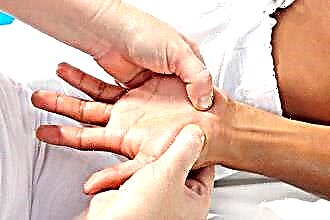 high blood pressure (more than 160/100 mm Hg);
high blood pressure (more than 160/100 mm Hg);- permanent form of atrial fibrillation;
- a burning sensation behind the breastbone that lasts more than 10 minutes (a sign of myocardial infarction);
- acute myocarditis (active inflammation is a contraindication for massage);
- aneurysm of the heart (postinfarction), aorta and peripheral vessels.
In addition, the technique is not performed on patients in a state of intoxication, with skin diseases in the massage area, blood clotting disorders and purulent processes.
What to do if pain in the region of the heart appears after the procedure?
The emergence or intensification of pain in the heart after massage can be both a physiological reaction not a procedure, and a sign of a pathology. Slight tingling, aches in the massaged area against the background of moderate discomfort behind the breastbone, which lasts no more than 15 minutes after the procedures - the normal response of the body.
The development of acute pain with other symptoms (heart palpitations, drop in blood pressure, discoloration of the skin) requires urgent medical attention. Elementary measures to improve the patient's condition:
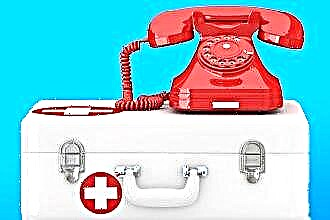 put on your back with your head elevated;
put on your back with your head elevated;- open the collar, remove the scarf to ensure the flow of oxygen;
- calm the patient down, give a little water to drink;
- if available, give a tablet of Nitroglycerin, Validol or Corvalment under the tongue;
- call an ambulance.
Conclusions
Using massage to relieve a painful attack behind the sternum is an effective method of alternative medicine. However, the peculiarities of the application of the technique require clear skills and knowledge of the specialist's topographic anatomy. Acupressure or general massage has a relaxing and distracting effect, which improves the condition of a cardiac patient. The lack of effect from the procedure within 5 minutes, the appearance of unpleasant symptoms requires an immediate stop of the massage and first aid.

 high blood pressure (more than 160/100 mm Hg);
high blood pressure (more than 160/100 mm Hg); put on your back with your head elevated;
put on your back with your head elevated;